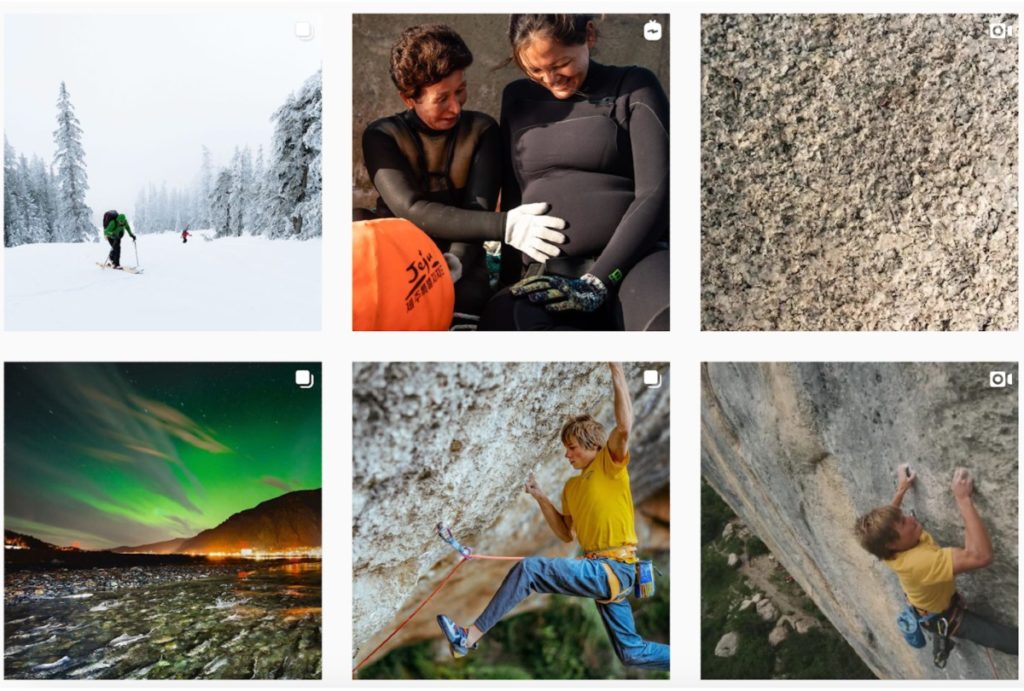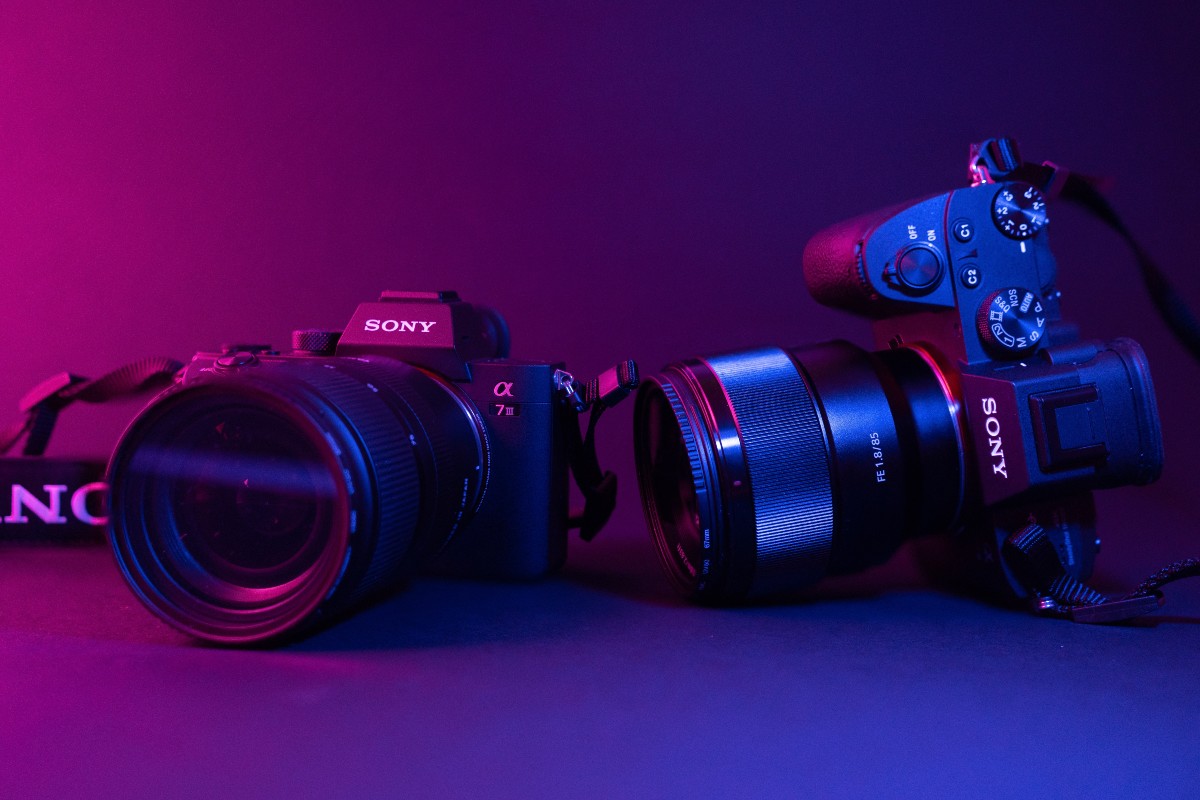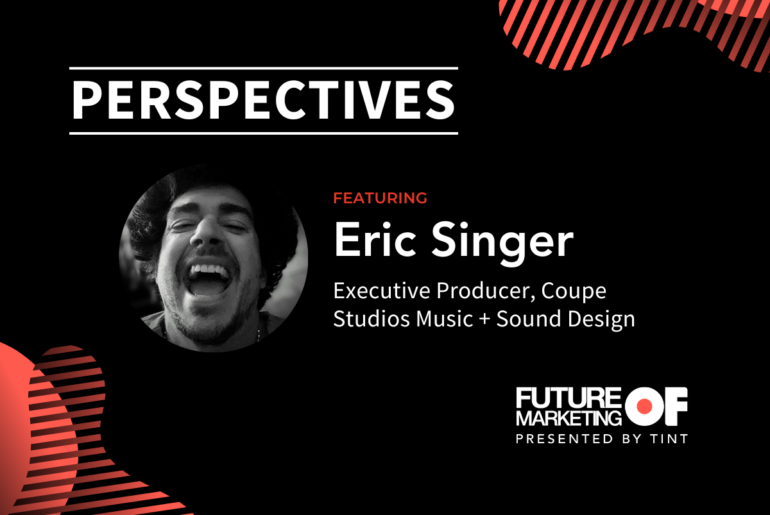Getting a production team together for a location shoot or a product shoot is a distant memory. The days of having craft lunches and PA’s to help out have come to a temporary halt, but that doesn’t mean your content can too.
“The show must go on” is no longer a saying for your production team while on set for your ad campaign, it’s for your marketing team as you put together a new advertising plan.
It might not be as bad as it sounds. Right now, content production has an advantage it wouldn’t have had twenty years ago if COVID-19 had shut down production. In the early 2000s, content production would have been halted and the show wouldn’t have gone on until legally allowed.
Then, once production had the greenlight, tens of thousands to hundreds of thousands of dollars would have left the marketing budget to put together an ad campaign that motivated people to buy a product. A good portion of that money would have gone towards production and the rest would be allocated to distribution.
Today, brands have the advantage of smartphones in their customers’ hands.
Brands don’t have to rely solely on their own production to release an ad campaign. They can replace their content production entirely by aggregating user-generated content (UGC). UGC is photos, screenshots, and videos created by customers that promote a product or service. Customers take UGC when they first order a product, get the product, start using the service, or see the results from the product/service.
By using UGC, companies can cut production costs significantly and focus more of their marketing budget on distribution.
This is just one example of how UGC is changing the marketing landscape and becoming the most sustainable option for remote content production now and in the future.
UGC can cut production costs while impacting the bottom line:
- User-generated content drives a 73% increase in email click-through-rates
- Businesses saw an increase of 29% in web conversions when websites featured user-generated content
- 70% of consumers will consider UGC reviews or ratings before making a purchasing decision
Brands are using UGC to create remote content sustainably, using an incoming stream of content from their happy customers in their marketing strategies. Let’s look at some examples of how these brands are using UGC.
What is User-Generated Content?
User-generated content is a photo or video made by a customer to showcase a specific product or end result.
For example, a customer of a clothing company creates UGC when they post a photo of themselves wearing their new shirt. Or, a customer of a skincare company creates UGC when they create a video showing what their skin looked like before using the skincare company’s product and after.
Here’s an example of UGC from skincare line Drunk Elephant:

While some of this UGC is paid influencer marketing—not all of it is. As of 2019, 95 million photos and videos are shared on Instagram every day. Just as some of that content is specifically geared to marketing a product from an influencer’s account, other content is created by happy customers interested in sharing their experience with a brand or product online.
These consumers are able to drive word-of-mouth marketing to their followers and to others through the Explore tabs of social media platforms like Instagram, Youtube, Twitter, and Snapchat.
While production houses stay empty as campaign teams are unable to film new ad content, UGC is one of the only proven ways to get ads online without bringing together a production team. This is making UGC more relevant than ever in marketing strategies, coupled with the statistic that 93% of customers believe user-generated content is helpful when making a purchase decision.
UGC doesn’t require models and content producers, and most importantly it doesn’t involve bringing them together into shared spaces. It can be gathered remotely…and it already exists. Your team doesn’t have to come up with content ideas, hire models, put together a production team, and then spend hours and thousands of dollars on production.
For example, the hotel industry needs a regular stream of content they can use for their booking pages, mobile sites, social ads, e-mail newsletters, etc. which makes it pretty difficult for them to keep up with their content demand without going over budget.
Loews Hotel & Co. decided to launch a UGC campaign with the hashtag #TravelForReal which garnered thousands of pieces of UGC for them to repurpose throughout their marketing channels. They used Machine Learning to sort through and find the best guest-generated content from the hashtag campaign.
By the end of their campaign, they had a:
- 65% increase in social engagement
- 85% increase in time spent on bookings page
- 4x increase in revenue from brand-site bookings
- 75% approval rate through TINT Content Rights
Businesses have already realized that while production is “out”, UGC is more “in” than ever before. Marketers are already on the UGC wagon and are already pushing out campaigns, working around the limitations the pandemic has set.
They just need to find the best UGC for a campaign and allocate their ad budget to distributing it.
User-Generated Content in the Wild
eCommerce brands have been putting ad dollars behind customer review videos and images while creating their own campaigns. Outdoor clothing and gear company Patagonia focuses their Instagram feed exclusively on UGC, only publishing company generated content when they’re highlighting environmental issues they want their customers to know about.

With customer avatars passionate about the outdoors and capturing their experiences in high-quality videos and images, Patagonia is able to skip the production cost of ad campaigns and pull content directly from their customer’s feeds. They’ve curated an inspirational travel feed all from their customers just by aggregating UGC.
The magic is that UGC is going to continue to show up in some of the 93 million posts publishing to Instagram daily, creating a constant stream of new content—without the usual production price tag.
What does this mean for the future of content production?
The future of content production will be driven by the voice of the consumer—because they’re the ones creating the content.
This will create content production that’s more fluid, creative, and engaging. Instead of campaign teams taking a shot in the dark to hope a campaign will perform well—they’ll already know because they’ve seen great engagement on the UGC post.
If an Instagram photo or Youtube video has already performed well for a customer, the brand can put ad dollars behind it and show it to a larger audience. The brand knows their customer base already likes it and now they just have to allocate their budget to distribution—an option that’s never been available in marketing before.
The key to successfully launching UGC campaigns is collecting the content as it comes in, since this can range from tens to hundreds of thousands of pieces of incoming content. Organizing your UGC and using tools and technology like Machine Learning to find the highest quality streamlines the process. Brands are saving money by using UGC instead of production shoots and they’re saving time by having the best content ready for them to review. The bonus is UGC feels more authentic too, which can lead to higher conversion rates.
Content can’t come to a stop because production is at a redlight. While in-person production involving craft meals and PAs is currently at a standstill, on social media, user-generated content is streaming in by the second. The opportunity to capture it and put distribution dollars behind it is available to any company that’s looking at the statistics.
Did you know UGC was performing with consumers so well? Be the first to learn about new developments in UGC and other Future of Marketing trends—just subscribe here.





